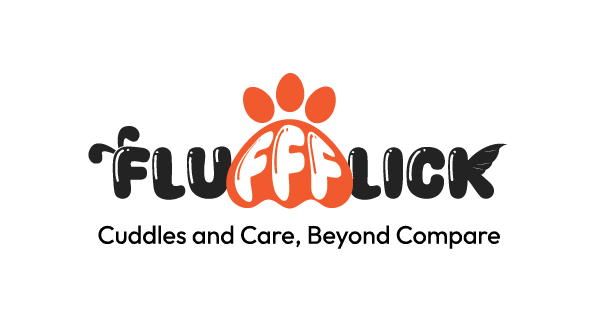Determining what’s best for your dog involves considering various factors to ensure their health, happiness, and overall well-being. Here’s a comprehensive guide to help you make informed decisions for your canine companion:
1. Health and Veterinary Care:
- Schedule regular veterinary check-ups to monitor your dog’s health and address any concerns promptly.
- Stay up-to-date with vaccinations, parasite prevention, and dental care.
- Discuss nutrition and dietary requirements with your veterinarian to ensure your dog receives a balanced and appropriate diet for their age, size, and activity level.
2. Exercise and Mental Stimulation:
- Provide regular opportunities for physical exercise to keep your dog healthy and prevent obesity.
- Engage in interactive play sessions and training activities to stimulate your dog’s mind and prevent boredom.
- Consider your dog’s breed, age, and energy level when planning exercise routines and activities.
3. Nutrition and Diet:
- Choose high-quality dog food that meets your dog’s nutritional needs and preferences.
- Avoid overfeeding or underfeeding, and monitor your dog’s weight and body condition regularly.
- Consider factors such as age, size, breed, activity level, and any specific dietary requirements or health concerns.
4. Socialization and Training:
- Socialize your dog from a young age to ensure they are comfortable and well-behaved around people, other animals, and different environments.
- Provide positive reinforcement training to teach basic obedience commands and address any behavior issues.
- Consider enrolling in obedience classes or working with a professional dog trainer if needed.
5. Safety and Environment:
- Create a safe and secure environment for your dog both indoors and outdoors.
- Ensure your home is free of hazards such as toxic plants, chemicals, and small objects that could be swallowed.
- Provide a comfortable and sheltered outdoor space for your dog, along with access to fresh water and shade.
6. Emotional Well-being:
- Spend quality time with your dog to strengthen your bond and provide emotional support.
- Recognize and address signs of stress, anxiety, or fear in your dog, and provide reassurance and comfort.
- Consider your dog’s individual temperament and preferences when planning activities and interactions.
7. Regular Grooming and Hygiene:
- Maintain your dog’s grooming routine, including brushing, bathing, nail trimming, and dental care.
- Check for signs of fleas, ticks, or skin irritations regularly, and address any grooming or hygiene issues promptly.
- Consider your dog’s coat type, breed, and any specific grooming requirements when establishing a grooming routine.
8. Comfort and Quality of Life:
- Provide comfortable bedding, shelter, and access to fresh water and food at all times.
- Consider your dog’s age and any special needs when selecting bedding, toys, and accessories.
- Pay attention to your dog’s behavior and preferences, and make adjustments to their environment or routine as needed to ensure their comfort and quality of life.
By considering these factors and prioritizing your dog’s health, safety, and happiness, you can determine what’s best for your canine companion and provide them with a fulfilling and enriched life. Regular observation, communication with your veterinarian, and responsiveness to your dog’s needs will help ensure their well-being throughout their lives.


